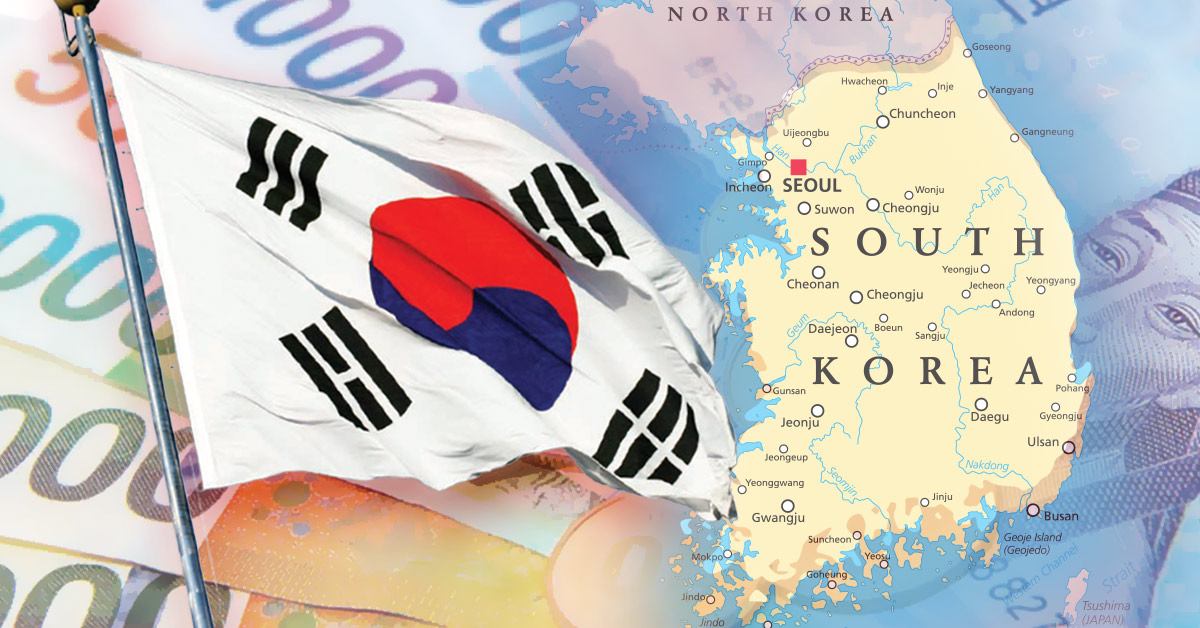It’s understandable that many foreign-capital sources have been passive in the U.S. commercial real estate market since the COVID-19 pandemic hit the states. South Korean investors, however, have been far from quiet.
Investors from the Land of the Morning Calm have been aggressive opportunists in U.S. properties during the pandemic. South Koreans accounted for $5.24 billion in direct acquisition volume into the U.S. in 2020, according to data from Real Capital Analytics (RCA). That’s good for second place among overseas sources during the calendar year, up from fourth in 2019.
The fact that South Korean investors have returned as major players here isn’t a surprise. The Asian nation has been a star on the global outbound-investment scene for years, ever since National Pension Service (NPS) — South Korea’s largest public pension fund and the third largest in the world with $630 billion-plus in assets — first dipped its toes into overseas investments back in 2009. In 2015, South Korean outflow reached another gear when the country’s investors pumped more than $3 billion into U.S. properties and another $2 billion into Europe, RCA reported.
Prior to the coronavirus outbreak, 2020 was shaping up to be a big year for South Korean capital into the U.S., due in part to the Federal Reserve slashing benchmark interest rates. The pandemic changed the landscape, of course, but a funny thing happened: South Korean investment into U.S. assets skyrocketed anyway.
Per RCA, South Korea’s 2020 deal volume represented a whopping 88% annual increase in U.S. real estate investment, even at a time when nearly every other nation saw a massive backtrack. Cross-border funding into U.S. commercial properties dipped by 31% last year, with traditionally reliable sources such as Germany, Japan and Switzerland also pulling back significantly.
So, what happened? Did speculators from Seoul know something everyone else didn’t? Not exactly, although as risks associated with hedging against currency fluctuations diminished, shrewd South Korean investors pinpointed the U.S. as a heavy upside play thanks to historically low mortgage rates here. The U.S. industrial-property sector has been particularly eye-catching for South Koreans as they funneled 56% of their inbound spending last year into industrial assets.
NPS has certainly done its part. In May 2020, the fund joined Houston-based Hines Group in acquiring a 49.5% stake in New York City’s One Madison Avenue office development for $492 million, one of the largest purchase deals in the U.S. during the second-quarter slump. Other South Korean investors have spent big money, too. KB Asset Management, for example, forked over $370 million in February 2020 to buy The Union, a mixed-use tower in Dallas. At more than $730 per square foot, the sale set a new price-per-square-foot record in North Texas.
Smartly, South Korean buyers also are investing in smaller suburban properties, following the trend of outbound urban migration by U.S. residents. The Wall Street Journal reported that Seoul’s Asia Investment Management Inc. acquired an office building in Ridgefield Park, New Jersey, this past October for an undisclosed amount.
Meanwhile, South Korean investors appear to be showing less interest in other global markets. RCA data showed that Korean capital into European, African and Middle Eastern real estate was slashed by 78% annually in 2020. Particularly in Europe, the pandemic-induced price gap between sellers and buyers has proven to be a persistent roadblock, making U.S. assets even more attractive. Considering that South Korean investors remain flush with capital and eager to diversify, the outlook is certainly rosy for another strong year ahead. ●




